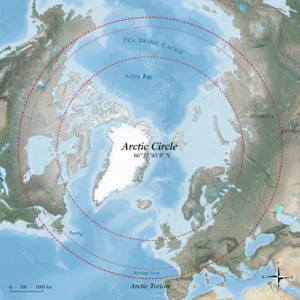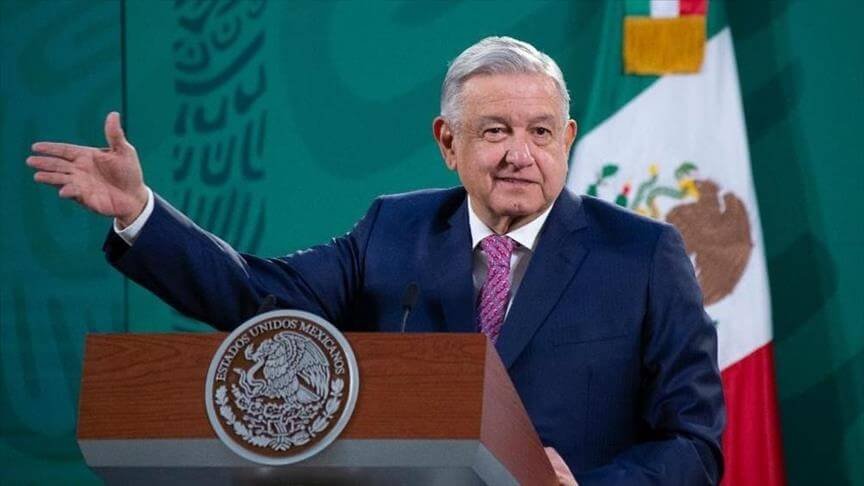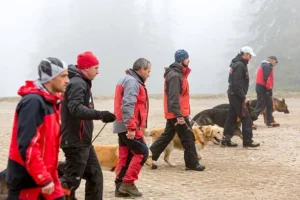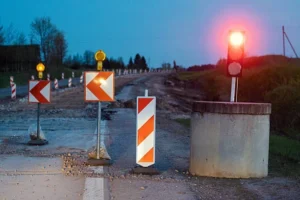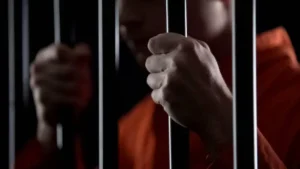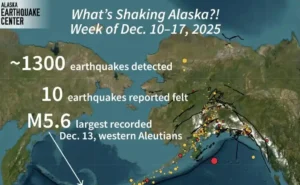The Sinaloa cartel violence surge has been generally attributed to Mexico’s president, Andrés Manuel López Obrador. In the last week alone, at least thirty people have died as a result of this violence. Since authorities apprehended two leaders of the Sinaloa cartel in the United States in late July, opposing factions have clashed in Culiacán, the state capital. Gunmen are trading punches, and the streets are in chaos.
In the city, corpses have been found everywhere as the violence escalates. One disturbing image showed a corpse inside a car repair shop, while another showed heavily armed police officers removing a body from a nearby road. When asked whether the U.S. government bore any blame for the violence, López Obrador responded positively during a recent briefing. He blamed the unrest on an American operation that went after cartel chief Ismael “El Mayo” Zambada.
Joaquín Guzmán López, the son of former cartel boss Joaquín “El Chapo” Guzmán, arrived in Texas immediately after Zambada’s detention. Zambada wrote a letter after his detention claiming he had been kidnapped and forced into the United States against his will. Troops and helicopters continued to monitor the northern Culiacan area on Thursday as part of ongoing military operations. While most schools in Culiacán continued to operate, parents unwillingness to take their children to school persisted. Many companies closed early, and locals stayed indoors after dark.
Mexico’s president López Obrador said the current volatility results from the unilateral steps taken by American authorities, which he denounced. He urged dialogue and cooperation between the United States and Mexico. López Obrador’s critics have called attention to his “hugs not bullets” stance, which he has taken in response to cartel violence. He has called for accountability from the fighting groups, yet the Sinaloa cartel violence surge in the area never stopped.



